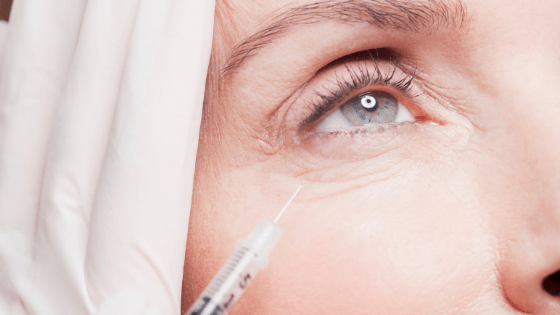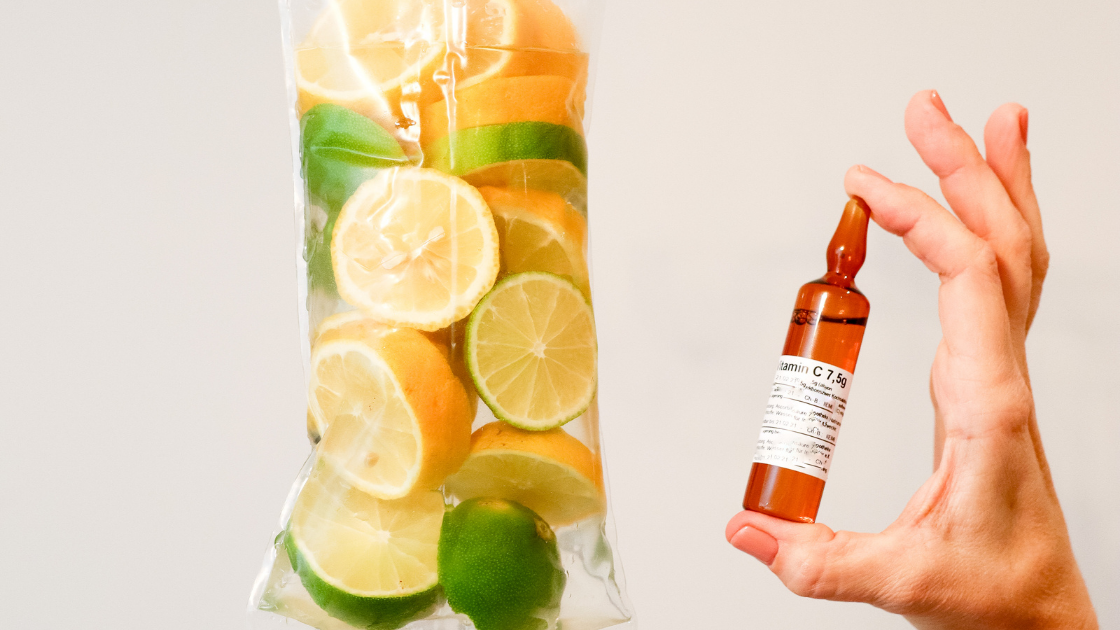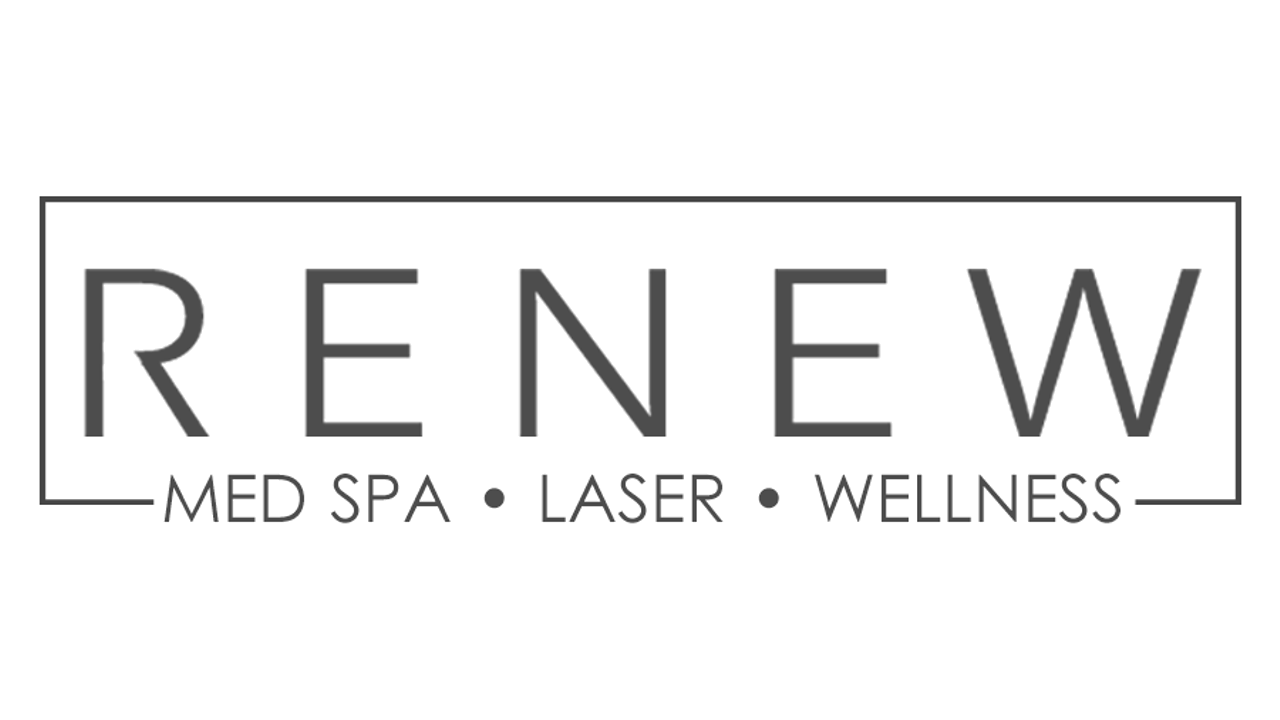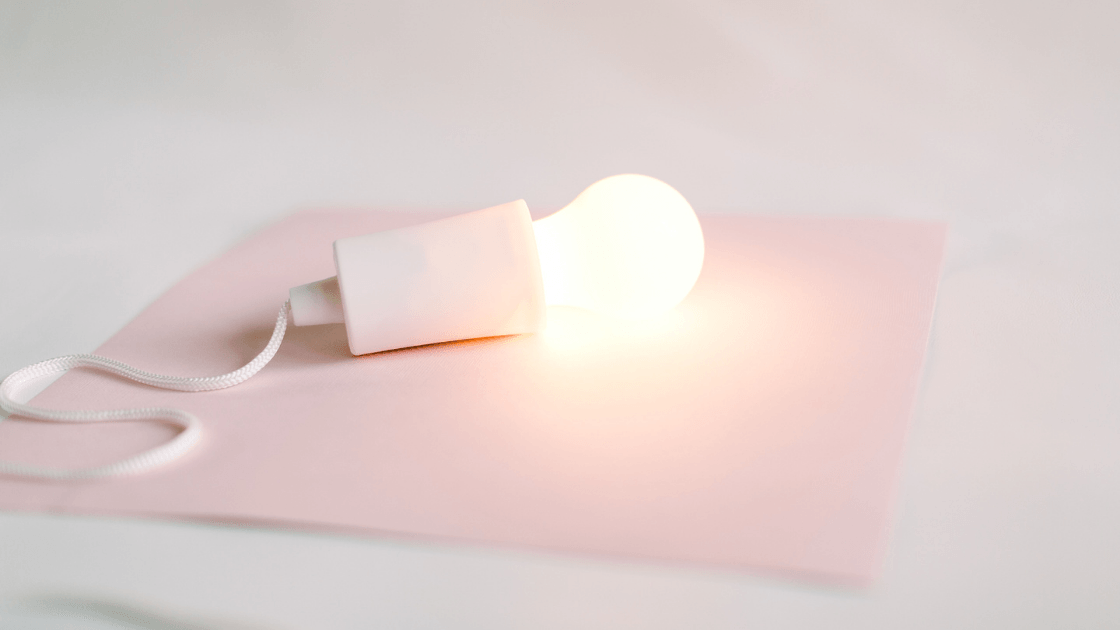Botox vs Filler | Which One Is Right for You?

Look in the mirror lately and spot some sneaky lines and potential wrinkles on your face – that you’re NOT in love with?
Aging is definitely part of life, but the world we live in now – going under the knife doesn’t have to be the only way to treat a sagging face or even that “resting” face where people think you’re either super angry, or highly confused.
(You know the one we’re talking about!)
A less invasive approach to treating wrinkles, lines and areas of lost volume on your face can be Botox or filler.
But this is where confusion usually sets in…
What’s the difference between Botox and filler and which one should I choose?
Let’s take a closer look, so you can decide for yourself…
What Is Botox?
You’re injecting WHAT into your face?
Oh, just a neurotoxin that’s produced by a bacterium by the name of Clostridium botulinum (aka botulinum toxin).
(Whew, that’s a mouthful isn’t it?)
Just saying those big words and uttering neurotoxin on top of it sounds like nobody should be injecting Botox into anything, right?
But what if we said it all depends on how the Botox is made and administered that distinguishes Botox from wrinkle-smoother to botulism-inducer?
Botox – the kind used for injecting into and smoothing areas like the forehead and eye area – first comes in a powder form that is diluted with saline which allows for injection.
The saline also helps to water down the Botox and dilute any toxic capabilities.
When Botox is injected into, say, the forehead area, it will block transmission to the nerve in the nearby muscles. Almost like a “freeze” of that injected area.
When Botox is used and administered correctly (ahem, we’re talking a licensed professional) it can be used for more than a smooth forehead.
Botox can also be used for headaches, migraines, eye crossing, muscular and bowel disorders, bladder challenges and even excessive sweating.
Depending on your age and amount of collagen, receiving Botox for aesthetic reasons may also help your future creases and wrinkles as well.
Who would’ve thought Botox was more than a beauty enhancer?
Ok, now that we’ve covered Botox, let’s talk about filler…
What Is Filler?
Most
fillers
contain Hyaluronic Acid (in different forms) and do not “freeze” the muscle like Botox does.
Filler is usually used in areas that Botox is not (like around the mouth) and can even be used to contour the nose, plump up the perfect pout, as well as add volume to areas that appear to be sagging on the face.
There are different versions and names for these fillers :
• RESTYLANE SILK – known to be a subtle enhancer.
• RESTYLANE + RESTYLANE-L – known for volume; the only difference is the Restylane-L has lidocaine in it for potential prevention of pain.
• JUVÉDERM VOLBELLA XC – lip line definition, in addition to smoothing out fine lines found around the mouth area.
• JUVÉDERM ULTRA XC – known for a plush lip look.
Depending on the look you’re going for, a combination of these fillers can be used to achieve the desired appearance.
Which One Is Right for You⏤Botox or Filler?
When you get right down to it,
Botox or filler is a personal choice and one that should be made between you and a highly qualified professional injector.
SO, HERE’S WHAT’S TYPICALLY RECOMMENDED —
• Botox is best for facial expression lines like the crease points where your muscles contract (crow’s feet and eye area, between the eyebrows and forehead).
• Botox can last 3-6 months depending on skin type.
• Filler is best for facial lines at rest — where volume is needed — like the deep lines around your mouth, plump up your pout and can also be used for nose correction and those wrinkles/lines where you sleep as well.
• Filler can last anywhere from 6-18 months depending on skin type and what filler you choose.
TO SUM IT UP
If you’ve ever considered smoothing out some of the lines and wrinkles creeping up on your face with Botox or filler, but were confused and, honestly, a little nervous because of words like Botulism and neurotoxin being thrown around – not to mention those horror stories about botched Botox – we completely understand your concern.
Some of the biggest reasons Botox and filler gets a bad rap is due to an unlicensed or inexperienced “professional” administering this injectable, especially with a wrong dosage that isn’t safe to be injected.
Our best advice?
Do your research for a highly qualified – and highly recommended – injector in your area and allow yourself plenty of time to ask questions and get comfortable with the person who may be helping your face look totally fresh – without the surgery!
Stay In The Loop w/ Renew News!



